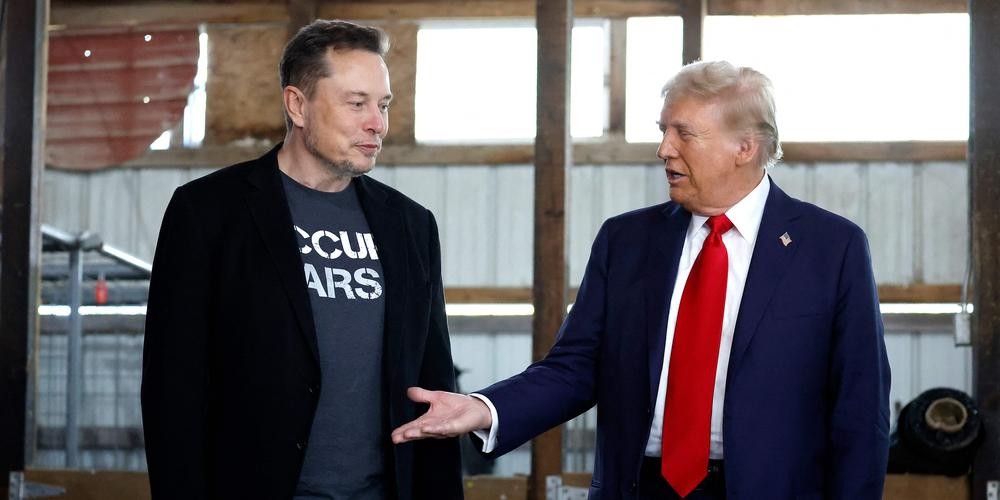In Short
- Trump administration considers expanding travel ban to 43 countries.
- Draft proposal includes a “red” list of 11 countries facing a complete travel ban.
- 10 countries placed on an “orange” list, facing sharp visa restrictions and in-person interviews.
- 22 countries are given 60 days to address security concerns or risk moving to stricter lists.
- The plan is still under review, with changes expected before final approval.
World News The Trump administration is exploring a major expansion of its travel restrictions, with a draft proposal targeting citizens from as many as 43 countries. If enacted, this new ban could exceed the scope of the travel restrictions imposed during President Trump’s first term and further tighten the U.S. borders.
According to sources familiar with the internal deliberations, the draft list categorizes countries into three distinct tiers: “red,” “orange,” and “yellow.” The most severe restrictions would be applied to countries on the “red” list, which includes 11 nations whose citizens would be barred from entering the U.S. altogether. These countries are:
- Afghanistan
- Bhutan
- Cuba
- Iran
- Libya
- North Korea
- Somalia
- Sudan
- Syria
- Venezuela
- Yemen
Additionally, the proposal outlines an “orange” list of 10 countries, for which travel would be sharply restricted. Citizens of these countries would face heightened scrutiny and mandatory in-person interviews when applying for visas. These nations include:
- Belarus
- Eritrea
- Haiti
- Laos
- Myanmar
- Pakistan
- Russia
- Sierra Leone
- South Sudan
- Turkmenistan
In the third category, the “yellow” list includes 22 countries that would be given 60 days to address perceived deficiencies in security, information sharing, or passport issuance. Failure to address these concerns could result in these countries being moved to one of the other, more restrictive lists. Countries on this list include:
- Angola
- Antigua and Barbuda
- Benin
- Burkina Faso
- Cambodia
- Cameroon
- Cape Verde
- Chad
- Republic of Congo
- Democratic Republic of Congo
- Dominica
- Equatorial Guinea
- Gambia
- Liberia
- Malawi
- Mali
- Mauritania
- St. Kitts and Nevis
- St. Lucia
- São Tomé and Príncipe
- Vanuatu
- Zimbabwe
This expansion of travel restrictions comes as part of an ongoing effort to enhance national security and address concerns over inadequate vetting and information sharing by some foreign governments. The draft was developed by the U.S. State Department, with input from various agencies, and reflects a broader push to tighten U.S. immigration policies.
The proposal is based on a January 2025 executive order issued by President Trump, which instructed the State Department to identify countries with “deficient” vetting and screening processes. The draft list is still under review, and changes are expected before any final decision is made.
Some of the countries included in the proposal, such as Bhutan and Russia, have raised questions about the criteria for inclusion. Bhutan, a small Buddhist country with limited international engagement, is a surprising addition to the “red” list, while Russia’s inclusion in the “orange” list contrasts with President Trump’s previous efforts to improve relations with Moscow.
The potential expansion of the travel ban has sparked concerns regarding its impact on U.S. foreign relations, particularly with countries like Venezuela and Russia, where diplomatic efforts to ease tensions have been underway. Critics argue that such sweeping restrictions could alienate allies and harm international cooperation on issues such as counterterrorism and immigration.
As discussions continue, the administration faces pressure to clarify how the new rules would affect individuals with existing visas, green card holders, or those with ongoing diplomatic ties to the U.S. The details of enforcement, including whether visas will be canceled for individuals from these countries, remain unclear.
If enacted, this new travel ban could reshape U.S. immigration policy and significantly alter international travel dynamics. However, with changes to the list still likely, the full scope of the proposal may evolve before it reaches its final form.



